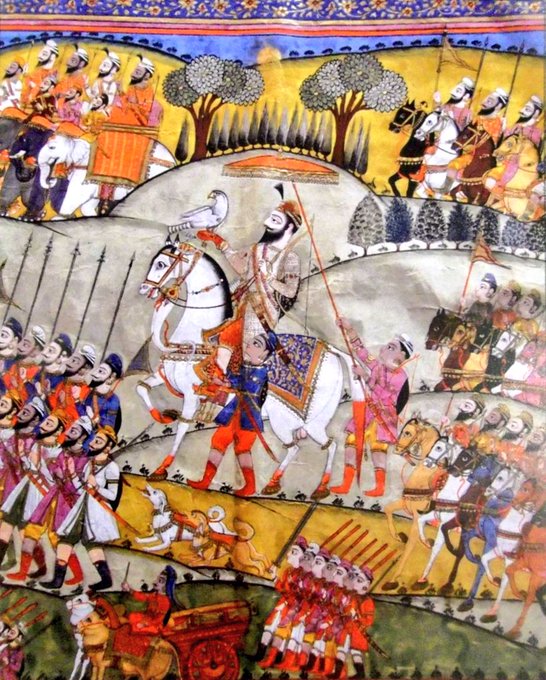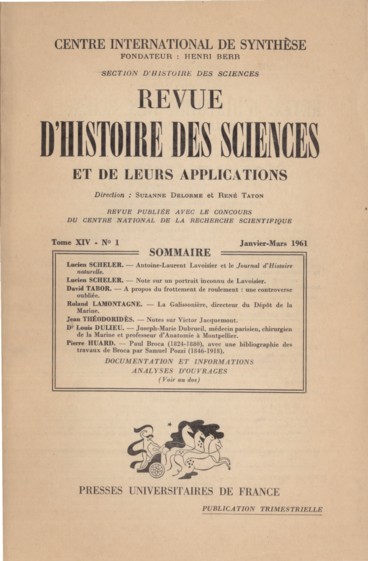Discover the valor of Taruna Dal, the spirited youth army of Dal Khalsa, known for daring acts against invaders during the 18th century.
Explore the impactful life of Amar Singh, Sheri Punjab, journalist, and Sikh politics figure. Dive into his roles in journalism and Sikh leadership.
BHAVANI DAS, DlWAN (1770-1834), was the son of Diwan Thakur Das, revenue and finance minister of the Afghan king, Ahmad Shah Durrani. Bhavani Das succeeded to the position after the death of his father and served successively Shah Zaman, Shah Mahmud and Shah Shuja` until 1808 when Maharaja Ranjit Singh having heard of his reputation, invited him to Lahore to take charge of the State`s finances. At Lahore, Bhavani Das set up 12 departments called daftars to deal with all civil and military accounts. In the districts of different subahs treasuries were established to maintain regular accounts of income and expenditure.
DELHI, also called Dilli (28° 40`N. 77° 13`E), the capital of India, is also connected with Sikh history. The first, sixth, eighth, ninth and tenth Gurus visited it. Mata Sundari and Mata Sahib Devari, consorts of Guru Gobind Singh, stayed here for a long time before and after the death of the Guru. A Sikh sangat existed in what came to be known as Kucha Dilvali Singhari in Old Delhi.
Explore the legacy of Gurdial Singh Dhillon, a diplomatic and parliamentary icon of India, known for his pivotal role in Punjab politics & diplomacy.
Discover Victor Jacquemont's detailed 1829-1832 Indian travels exploring botany, culture, and meeting Maharaja Ranjit Singh. A historical adventure awaits!
Explore the brief rule of Kharak Singh, a Raja of Kapurthala. Overcoming ailment-led challenges, his legacy continues through his successor, Jagatjit Singh.
Discover Mahitab Kaur's life, from her marriage to Maharaja Ranjit Singh in 1822 to the British pension support in her later years.
ORIGIN OF THE SIKH POWER IN THE PUNJAB AND POIJTICAL LIFE OF MAHARAJA RANJIT SINGH, with an Account of the Religion, Laws and Customs of the Sikhs, was compiled by Henry Thoby Prinsep (1793-1878), a civil servant of the British East India Company, who later rose to be a member of the Legislative Council of India (1858-74). The book was published at Calcutta in 1834. A reprint was issued by the Languages Department, Punjab, in 1970. Prinsep commences his account with Yahiya Khan`s vice royalty of Lahore (1745-48) and carries his account down to the Ropar meeting between Maharaja Ranjit Singh and the British Governor General, Lord William Bentinck, in October 1831, and the British treaties with the Amirs of Sindh in April 1832.
Explore the life of Ratan Singh, a key figure in the Ghadr movement, who advocated worldwide and met Lenin during his inspiring journey.






